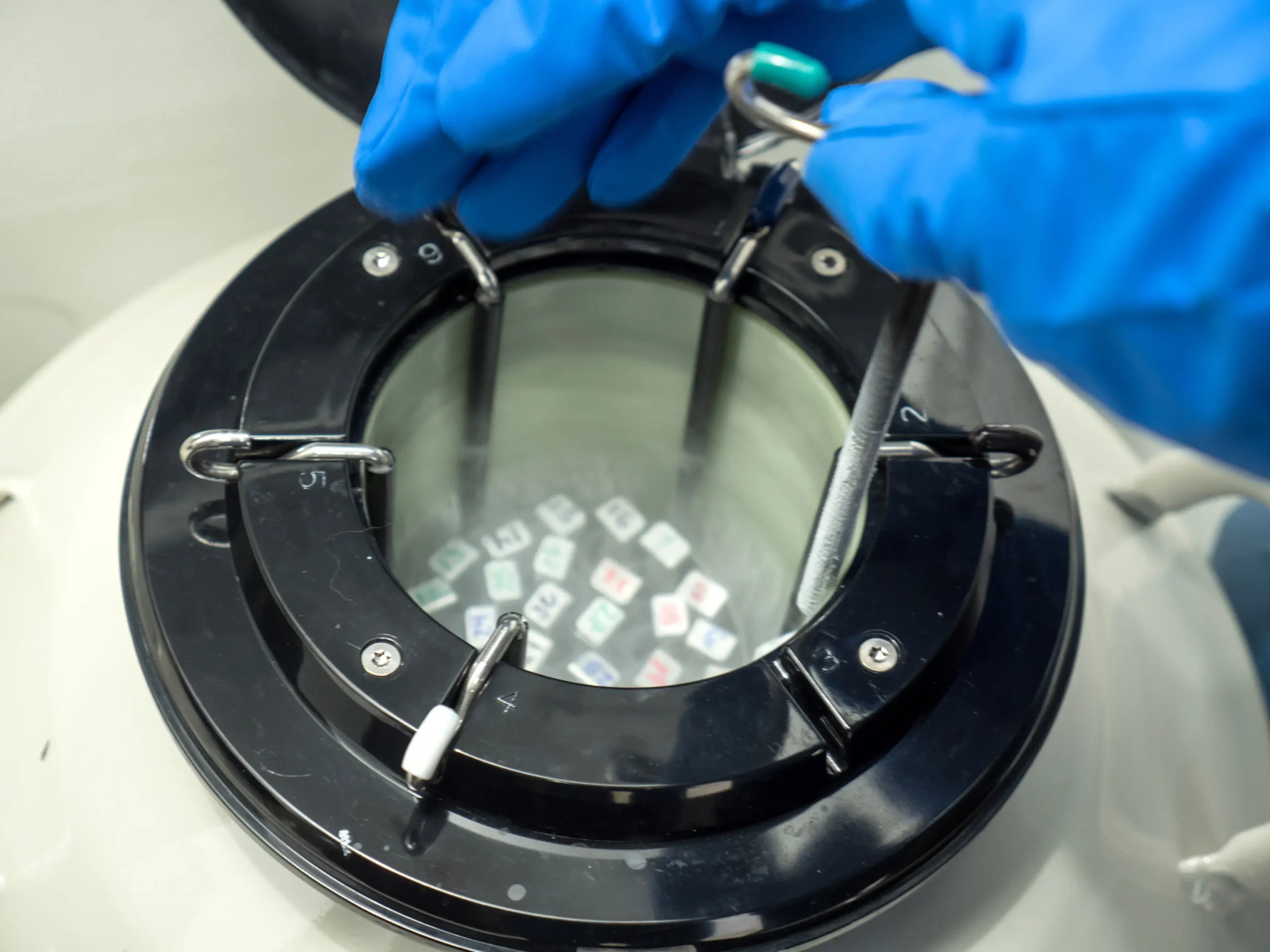In vitro fertilization is one of the assisted reproduction treatments with more concerns related to it. There is a lot of myths associated with this method and success rates. We will share some of them.
When a doctor recommends in vitro fertilization (IVF) as the appropriate treatment for a couple that faces an infertility diagnosis, the couple’s fears associated with the process start to take over their thoughts and emotions concerning the situations that may happen due to this technique.
Will I have multiple pregnancies? Are there harmful effects on my body? How safe will the pregnancy be? Is it painful?
These are some of the questions that go through couple’s minds that need to be answered to make this treatment their dream of becoming parents a reality.
While it is true that multiple factors must be analyzed by the specialist when a couple decides to begin an IVF treatment, there are myths associated with this assisted reproduction technique that we want to clarify below.
The most important thing to consider in the middle of an assisted reproduction treatment, such as IVF, is to have a specialist doctor who can guide you through the process and thus solve all the concerns associated with this reproductive technique.
Although all cases have peculiarities, with an accurate diagnosis and constant monitoring, and depending on each person’s medical history, the trained specialist can seek the best option to make sure the dream of becoming parents becomes a reality.









